-
×
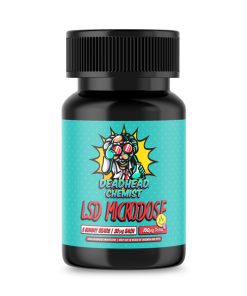 LSD Microdose Gummy Bears 100ug Deadhead Chemist
2 × $59.99
LSD Microdose Gummy Bears 100ug Deadhead Chemist
2 × $59.99 -
×
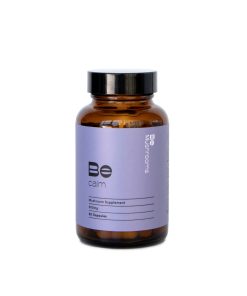 Be Calm (Booster) Mushroom Supplement Capsules
1 × $44.99
Be Calm (Booster) Mushroom Supplement Capsules
1 × $44.99 -
×
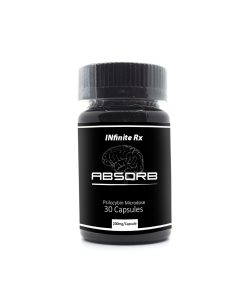 1 × $59.99
1 × $59.99 -
×
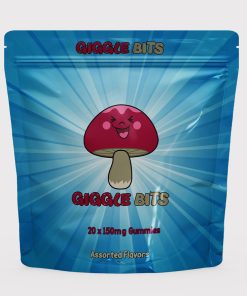 GIGGLE BITS Magic Mushroom Infused Gummies Edibles (20pcs X 150mg)
4 × $44.99
GIGGLE BITS Magic Mushroom Infused Gummies Edibles (20pcs X 150mg)
4 × $44.99
Subtotal: $404.92

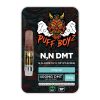
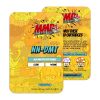
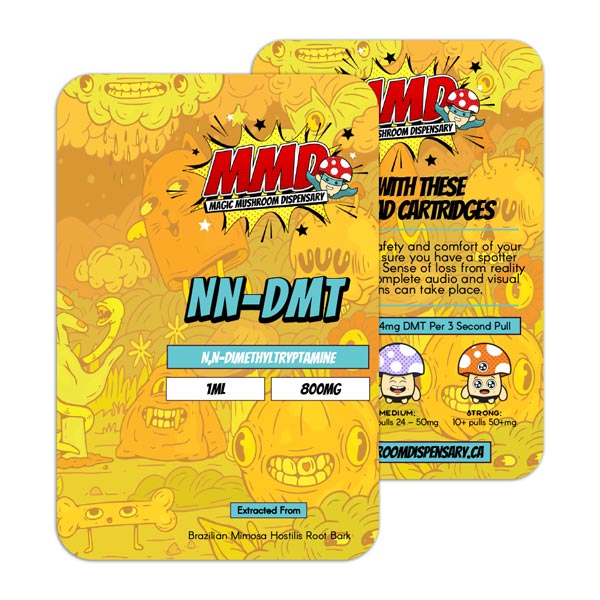
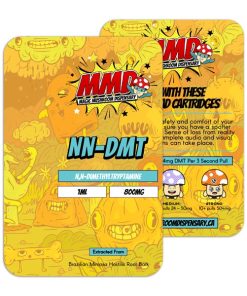
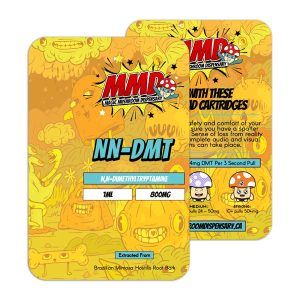
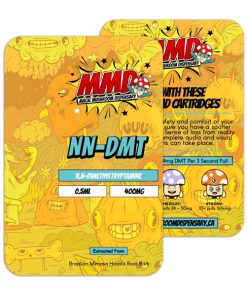
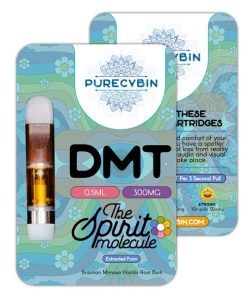
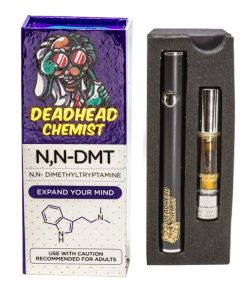
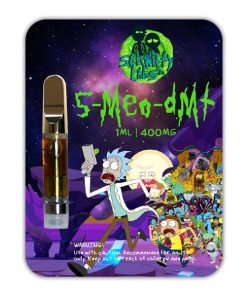

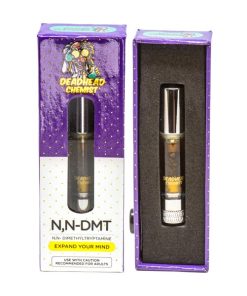
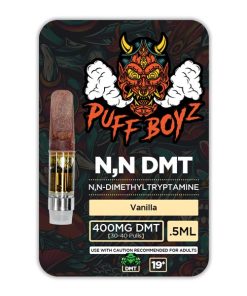
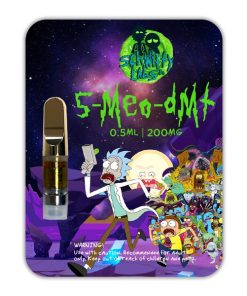
Riley (verified owner) –
The product is firmly packed.